Newsletter 4 - FranSed - Hydrocen
Francis Turbine for Sediment Laden Waters
Quarterly Newsletter - 4
Issue 4 | 29.10.2019
Completion of one year of FranSed
The first year of FranSed has been successfully completed on 1 September 2019. The significant achievements:
WP 1: LEAP software is being used for energy modeling. Some field visits of the small power plants affected by erosion were conducted. The idea was to focus on smaller turbines such that the new technology developed in the FranSed project can be implemented on these plants. Fewa HPP (4 x 0.25 MW) was found to be one of the feasible sites containing high head Francis turbines. Sediment samples from Jhimruk HPP were collected and mineral content analysis and particle size distribution for the plant was performed. Eroded guide vane of Jhimruk HPP was analyzed using a 3D scanner.
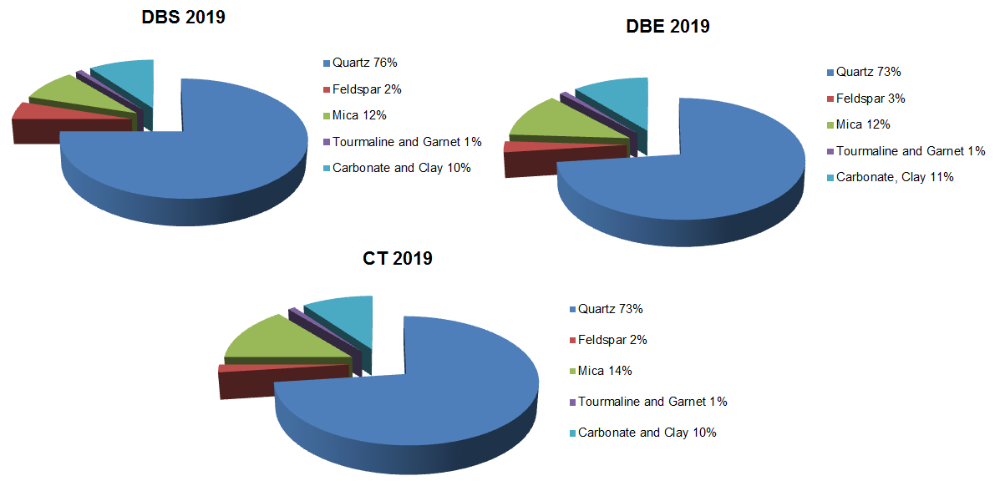
Fig 1: Mineral content analysis of the sediments in Jhimruk
Publication related to WP 1:
WP 2 : Design methodology is based on the literature compiled in the compendium ‘High pressure hydraulic machinery’ available at Waterpower Laboratory, NTNU. With the available hydraulic parameters of the site, main dimensions have been calculated and MATLAB has been used as the design software. The main design philosophy for this task is to reduce sediment velocity over all components, so focus was on reducing relative velocity in the runner and absolute velocities elsewhere. Several parameters are available for changing to give the user full control in the design process. No. of streamlines on the runner and no. of points along the streamlines will determine the grid smoothness. Runner blades no. is left to choose for the designer. Shroud streamline is generated from a Bezier curve. Energy distribution curve is then generated with the lowest relative velocity in the runner. Optimization work is in progress.
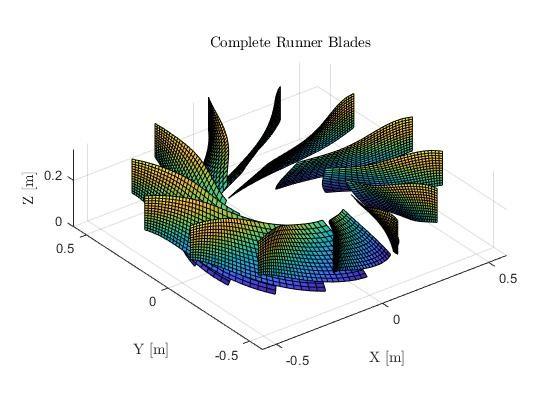
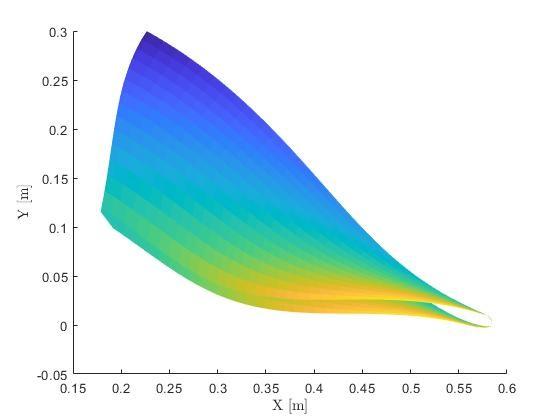
Fig 2: Complete runner blades geometry and single blade including thickness
Publication related to WP 2:
WP 3 : Experiments have been conducted in high-speed pot tester® available at IIT Roorkee to generate extensive data on erosion wear under different controlled operating condition. The solid-liquid mixture was prepared using Indian standard sand (99.3% quartz) as erodent in tap water. Four different target materials, namely Aluminum alloy (AA-6063), brass, steel and turbine steel (CA6NM), were selected to investigate the effect of hardness and toughness. The hardness and toughness were determined by the micro-hardness tester and Charpy test, respectively. For selecting the particle size, samples were collected from tail pool of Bhilangana Hydropower plant and particle size distribution was analysed. A CCl code is being prepared using Fortran language to incorporate erosion model in ANSYS CFX for erosion modelling.
WP 4 : Simplified 14 kW guide vane less turbine was designed for Dhamile khola power plant in Nepal. Design head for power plant is 16 m and discharge is 100 liters per second. Two different runners were manufactured using two different processes. One followed manufacturing by investment casting and other followed pressing the blades & welding them. Laboratory testing has just begun and some preliminary results has been obtained.
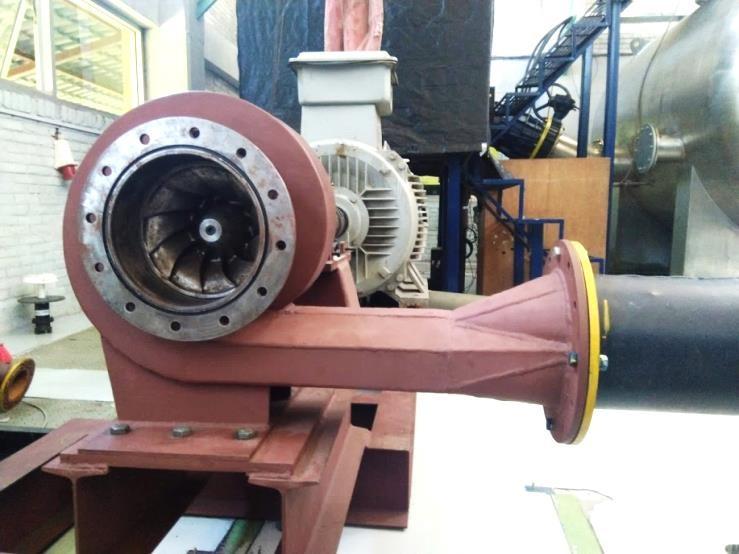
Fig 5: Simplified 14 kW guide vane less Francis turbine rig
Successful Testing of a 14 kW simplified Francis turbine at TTL
Researchers have performed a successful testing of a 14 kW simplified Francis turbine at Turbine Testing Lab (TTL) at Kathmandu University on 27 August, 2019. The turbine has simplified design, no guide vanes, modified stay vanes and trapezoidal spiral casing. The spiral casing was also designed in TTL by using proven analytical and state-of-the-art numerical methods under Master thesis of one of the researchers at TTL, Mr. Dadiram Dahal. According to the source, the output power surpassed 13 kW and the efficiency was almost 80%. As the turbine has been designed with simplified approach and for small power plants, this is one of the biggest milestones achieved by TTL til date.
Source : TTL, KU
The manufacture of such turbine in Nepal is the first step towards development of Francis turbine with larger capacity in Nepal in future. The researchers hope that hydropower industries in Nepal will be able to implement this technology in near future. This turbine is best suited for micro to mini hydropower applications. However, research is on-going for implementing these turbines for larger power plants with variable speed generators under FranSed project.
The next step of implementation of the developed turbine in power plant has already started as MoU has been signed between Kathmandu University (KU) - TTL and Chauri Khola II Micro Hydro Project (CKMHP) for cooperation to facilitate research in turbine technology in Nepal and upgrade the production of power at Chauri Khola Micro Hydro Project by introducing Francis turbine designed at KU and manufactured by a local turbine manufacturer.
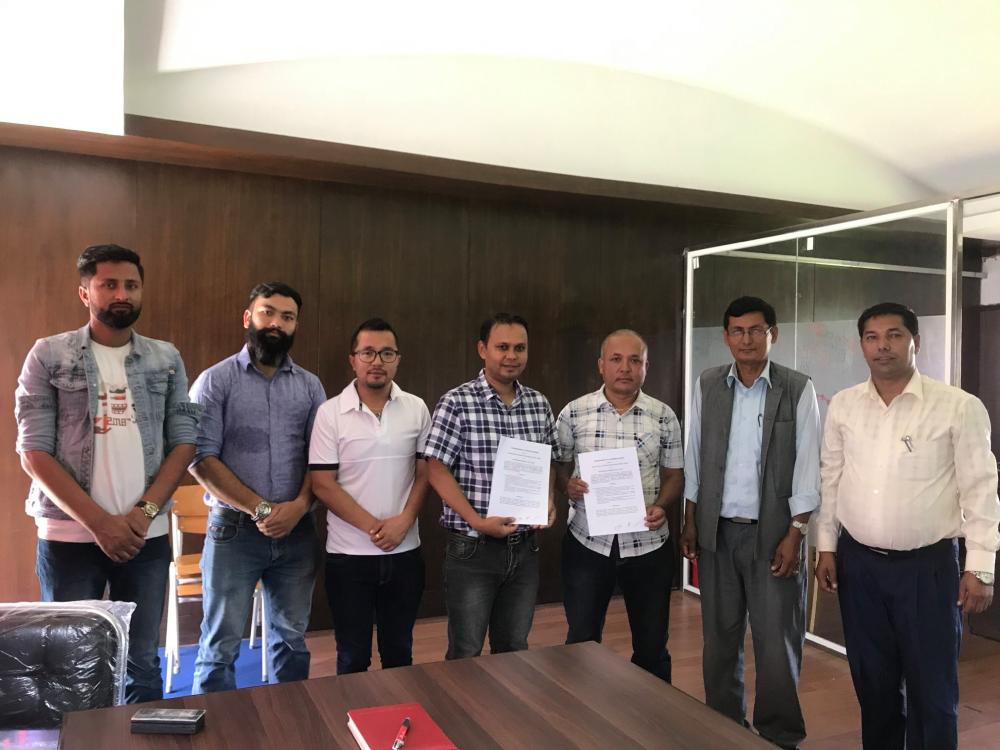
Source : TTL, KU
CONGRATULATIONS!!
Contents
1. Completion of one year of FranSed
2. Successful Testing of a 14 KW simplified Francis turbine at Turbine Testing Lab (KU)
3. An interview of WP 4 leader Biraj Singh Thapa in NTNU Alumni page
4. Workshop on 28 November 2019 in Nepal
5. First workshop of FranSed & CRHT X in 2020 at Kathmandu University
6. Papers related to FranSed presented at IAHR Asia 24 - 25 September 2019, Busan, Korea
An interview of WP 4 leader Biraj singh Thapa in NTNU Alumni Page
An interview of WP 4 leader of FranSed Biraj Singh Thapa has been published in NTNU Alumni page. He is also a member of board of NTNU Alumni Nepal. In the interview, he has talked about the contribution to the hydropower development in Nepal.
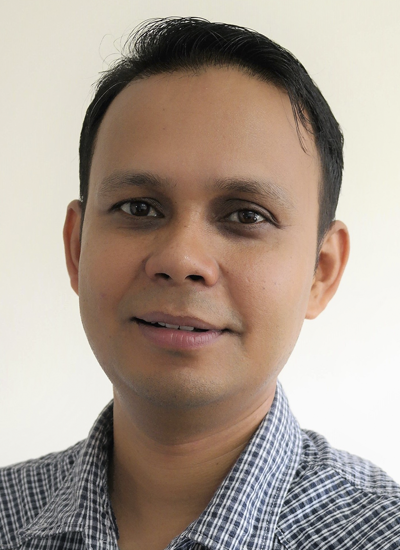 Biraj Singh Thapa, A. Professor, KU. PhD in Fluids Engineering, 2013- 2016, NTNU .Photo Source : NTNU Alumni page
Biraj Singh Thapa, A. Professor, KU. PhD in Fluids Engineering, 2013- 2016, NTNU .Photo Source : NTNU Alumni page
"One of the most challenging parts of my job is to transfer knowledge to the local industries in Nepal. We work hard to convince local industries to cooperate closely with the academic institutions to find optimal solutions to the technical problems they are facing."- says Thapa. For full interview, follow the link:
Biraj Singh Thapa - Contributes to hydropower development in Nepal
Workshop on 28 November 2019 in Nepal
A workshop will be conducted on November 28, 2019 which mainly includes the progresses in WP 1 of FranSed project. Prof. Ole and a team from NTNU and a team from IIT Roorkee will be participating in this workshop. There will be presentations in relation to or even beyond FranSed. There will also be a separate meeting related to the progresses of FranSed and further works.
First workshop of Fransed & CRHT X in 2020 at Kathmandu University
The turbine testing lab at Kathmandu University has been organizing an International Symposium on "Current Research in Hydropower Technologies (CRHT)" every year since 2010. The main objective of this symposium is to provide a platform to share research experiences on hydropower sector which also helps in building network among researchers, students and industrialists. The 10th CRHT will be held on 31st March 2020. The first workshop of FranSed will be conducted together with CRHT on 1st April 2020. If you are willing to present a paper at the symposium, the deadline for abstract submission is 1 December 2019. Further details are available in the link:
Papers related to FranSed presented at IAHR Asia 24-25 September, Busan, Korea
Researchers from Kathmandu University participated at IAHR- Asia 2019 (2nd IAHR - Asia Symposium on Hydraulic Machinery and Systems) held at Busan, Korea from 24 -25 September 2019.
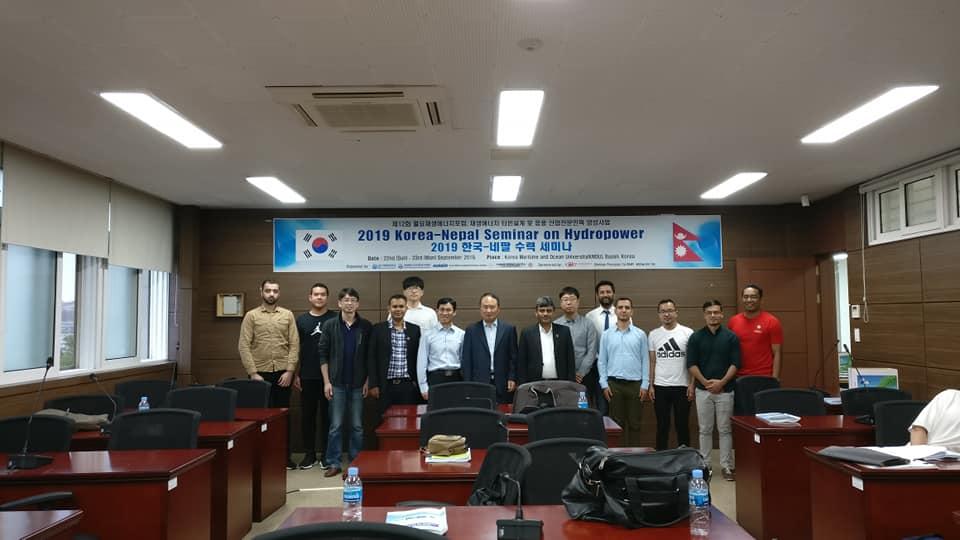
Photo: Biraj Singh Thapa
The following papers were presented in IAHR-Asia by the researchers which are related to FranSed Project:
- A Simplified Francis Turbine for Micro Hydro Application : Design and Numerical Analysis (Dadi Ram Dahal, Sailesh Chitrakar, Biraj Singh Thapa and Hari Prasad Neopane, *Bhola Thapa)
- Comparison of the effects of leakage flow from guide vanes of different hydrofoils using alternative clearance gap approach (Saroj Gautam, Hari Prasad Neopane, Biraj Singh Thapa, Sailesh Chitrakar and Ram Lama, *Zhu Baoshan (Tsinghua University, China))
